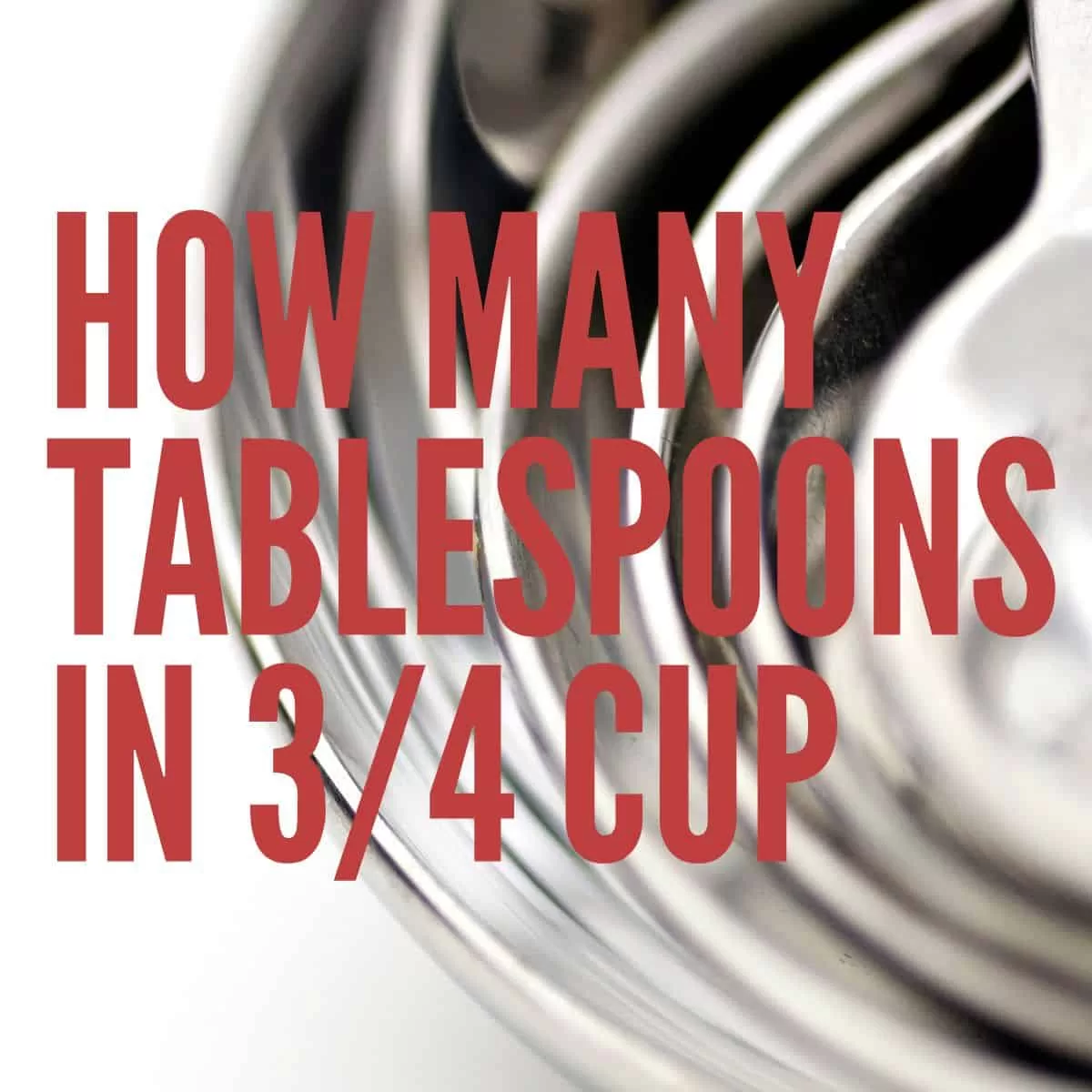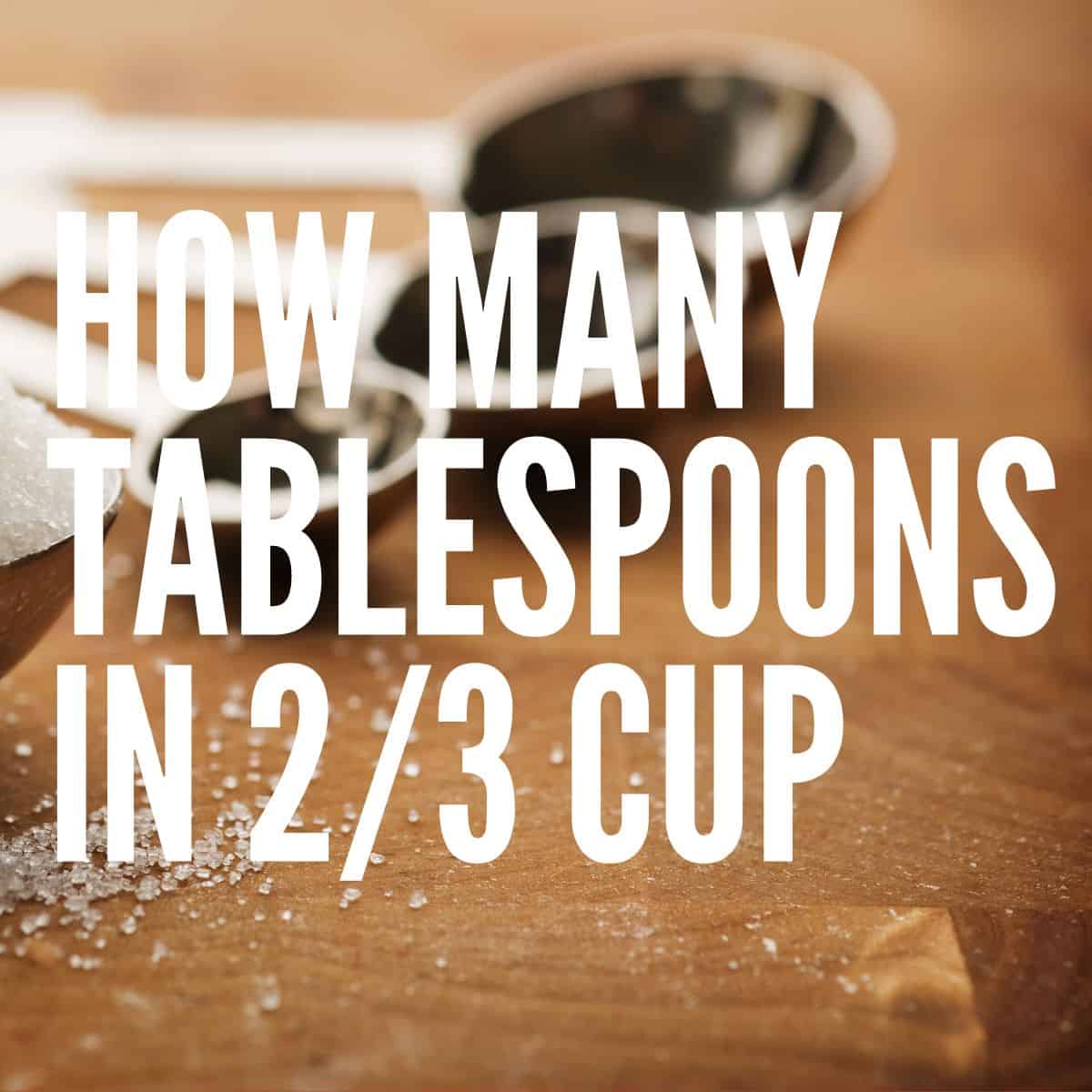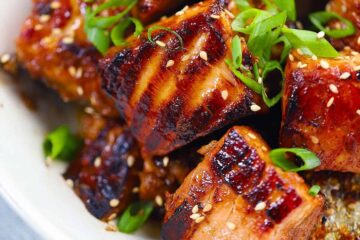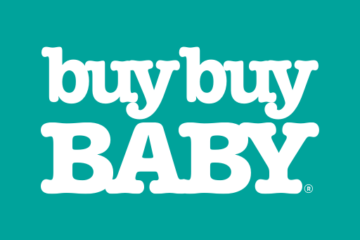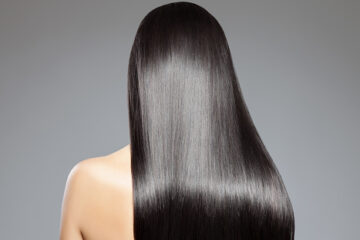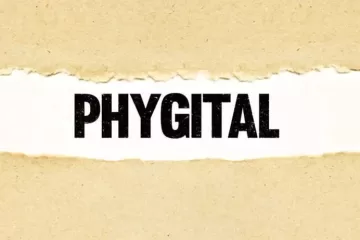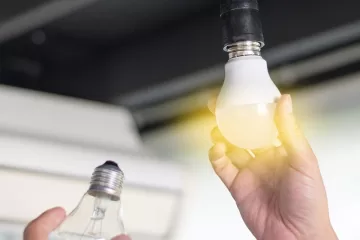If you’re a baker or a cook, you’re probably used to measuring out ingredients accurately to ensure your recipes turn out perfectly. One common measurement is 1/8 cup, but what does that translate to in teaspoons? Let’s explore.

First, let’s establish what 1/8 cup means. One cup contains 16 tablespoons, so 1/8 cup is simply half of that, or 2 tablespoons. Now, how many teaspoons are in a tablespoon? There are 3 teaspoons in one tablespoon, so 2 tablespoons is equivalent to 6 teaspoons.
Therefore, the answer to the question “how many teaspoons in 1/8 cup” is 6 teaspoons. This is a useful conversion to know, as many recipes call for small amounts of ingredients like 1/8 cup of milk or 1/8 cup of vinegar.
Measuring accurately is especially important in baking, as small variations in ingredient amounts can greatly affect the outcome of a recipe. For example, adding too much or too little baking powder to a cake batter can result in a flat or dense cake rather than a light and fluffy one.
Using the right measuring tools can also make a big difference in accuracy. For liquids like milk or oil, a liquid measuring cup with a spout is ideal. For dry ingredients like flour or sugar, use a dry measuring cup and level off the top with a straight edge.
If you don’t have measuring cups or spoons on hand, there are some common household items that can be used as substitutes. For example, a tablespoon is roughly equivalent to a soup spoon, and a teaspoon is roughly equivalent to a regular teaspoon you might use to stir your tea.
However, it’s important to note that these substitutions may not be exact and can lead to inaccuracies in your measurements. For best results, it’s recommended to use proper measuring tools whenever possible.
In addition to measuring accurately, it’s also important to use the right type of ingredient. For example, using salted butter instead of unsalted butter in a recipe can result in a dish that’s too salty.
When it comes to measuring liquids, it’s important to measure them at eye level to ensure accuracy. Tilting the measuring cup or spoon can cause the liquid to pool and give an inaccurate reading.
In conclusion, knowing how many teaspoons are in 1/8 cup can be a useful conversion to have in your cooking and baking arsenal. Remember to measure accurately and use the right measuring tools for the best results in your recipes. Happy cooking!
When working with small amounts of ingredients like 1/8 cup, it’s important to take extra care to measure accurately. One way to do this is to use a kitchen scale. A kitchen scale can give you an exact measurement in grams or ounces, which can be especially helpful when working with recipes that use weight measurements instead of volume measurements.
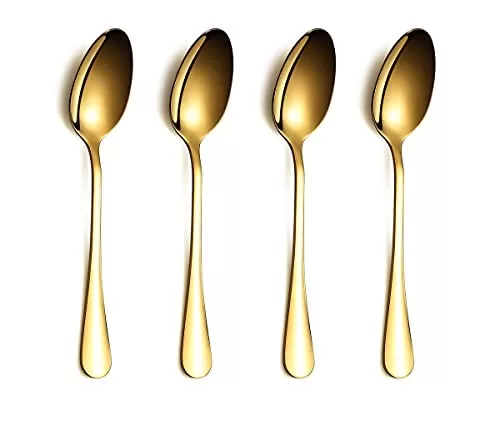
Another helpful tip is to use measuring spoons with long handles. This can help you reach into narrow containers like spice jars or extract bottles to get an accurate measurement. Measuring spoons with long handles are also helpful when working with dry ingredients like baking powder or soda that need to be leveled off.
When measuring dry ingredients, it’s important to use the correct technique. To measure flour, for example, use a dry measuring cup and scoop the flour into the cup. Use a straight edge to level off the top. Avoid tapping the cup or packing the flour down, as this can result in a measurement that’s too dense and can affect the outcome of your recipe.
When measuring sugar, use the same technique as for flour. However, keep in mind that there are different types of sugar that can have different densities. Brown sugar, for example, is more dense than white sugar and should be packed firmly into the measuring cup.
Measuring liquids can be a bit trickier, as they can be affected by factors like temperature and viscosity. For example, honey or molasses will be thicker and more difficult to measure accurately than water or milk. To measure liquids, use a liquid measuring cup with clear markings on the side. Pour the liquid into the cup up to the desired mark and check the level at eye level.
When measuring small amounts of liquids like 1/8 cup, it can be helpful to use a syringe or dropper. This can help you measure out small amounts of liquid with precision.
In addition to measuring accurately, it’s also important to follow the recipe instructions carefully. Some recipes may call for ingredients to be measured by weight instead of volume, or may require specific brands or types of ingredients. Following the recipe instructions carefully can help ensure that your dish turns out as intended.
If you do make a mistake while measuring or following a recipe, don’t despair. Many recipes are forgiving and can still turn out well even with minor variations. However, if you’re trying a new recipe or are making something that requires a high level of precision, it’s best to take the time to measure accurately and follow the recipe instructions carefully.
In conclusion, knowing how many teaspoons are in 1/8 cup is a useful conversion to have in your cooking and baking repertoire. However, it’s also important to measure accurately and follow recipe instructions carefully to ensure that your dishes turn out as intended. By using the right measuring tools and techniques, you can achieve precise and consistent results in your cooking and baking.

